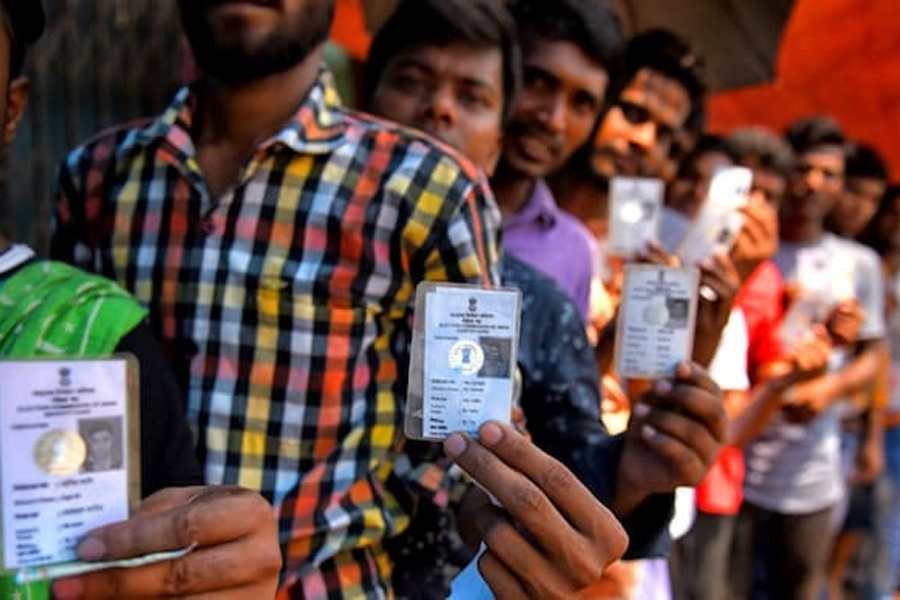
The Indian electorate voted for nationalism and greater respect for India abroad, over and above half-hearted promises of fighting seeming injustices and creating space for more diversity.
Author
Sriparna Pathak, Associate Professor, Chinese Studies and International Relations, Jindal School of International Affairs, O.P. Jindal Global University, Sonipat, Haryana, India.
Summary
India’s election results came as a surprise to several segments within India and outside, as all pre-poll results, which predicted a pounding majority yet again for the ruling government were innaccurate. While the Bhartiya Janata Party (BJP) alone secured 240 seats, over and above 232 seats secured by a coalition of several parties, known as the Indian National Development Inclusive Alliance (INDIA), the results did not match the expectation that the National Democratic Alliance (NDA), of which the BJP is a major party would secure more than 400 seats. The NDA finally won a total of 303 seats, ensuring a continuity of the government in place before the elections. It becomes pertinent in this context to analyse what shaped the electoral choices of the Indian voter.
While foreign policy issues generally does not figure high in the choices a voter makes, and issues of livelihoods, taxes, infrastructure availability and issues in general that affect day to day lives figure as top most priorities, in the case of India, increase in India’s international standing and nationalism played a role in the choices. The rationale behind this is India’s young population or the positive population dividends. India has more than 50% of its population below of the age of 25 and more than 65% of it is below the age of 35. Given that the world lives through the technology age, the fact that India has more than 820 million active users had implications for increasing nationalism and electoral choices.
Published in: Hindustan Times
To read the full article, please click here.

